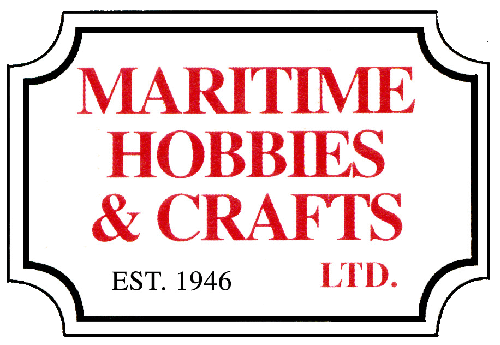The terms are often used interchangeably but they are different. Gauge is the distance between the rails. HO gauge means a distance of 16.5mm between the rails. HO scale refers to the size of the model compared to the real thing. HO scale is 1/87 so 1" on the model equals 87" on the prototype.
The current common commercial scales are G, O, HO & N & Z.
G scale is more often referred to as G gauge. Several scales run on the 45mm gauge track. G comes from the German "grob" meaning big. G scale is 1:22.5. Manufacturers use scales between 1:20 & 1:29.
O scale or gauge which is 1:48 in the USA or 1:43 in the UK means zero or 1 less than the old Gauge 1. Gauge 1 also runs on 45mm track whereas gauge O runs on 32mm gauge.
HO is 1/2 of O. In the US it is 1/87 scale. In the UK they use a scale of 1:76 on the same 16.5mm gauge & it is called OO scale or OO gauge.
N scale started out as OOO or 1/2 of OO. Arnold introduced electric powered trains in 1962 & their name "N" prevailed, the scale in the US & Europe is 1:160, in Japan where N scale is #1 it is 1:150 & in the UK it is 1:148. The gauge is a universal 9.0mm.
Z scale was introduced by Marklin in 1972. The letter Z was chosen because it was thought impossible to make something smaller. The scale is 1:220. The gauge is 6.5mm.
The impossible of course has happened. Eishindo of Japan introduced T scale in 2006 with a scale of 1:450 & a track gauge of only 3.0mm.
More extensive information including narrow gauge derivatives can be found by on Wikipedia.


No comments:
Post a Comment